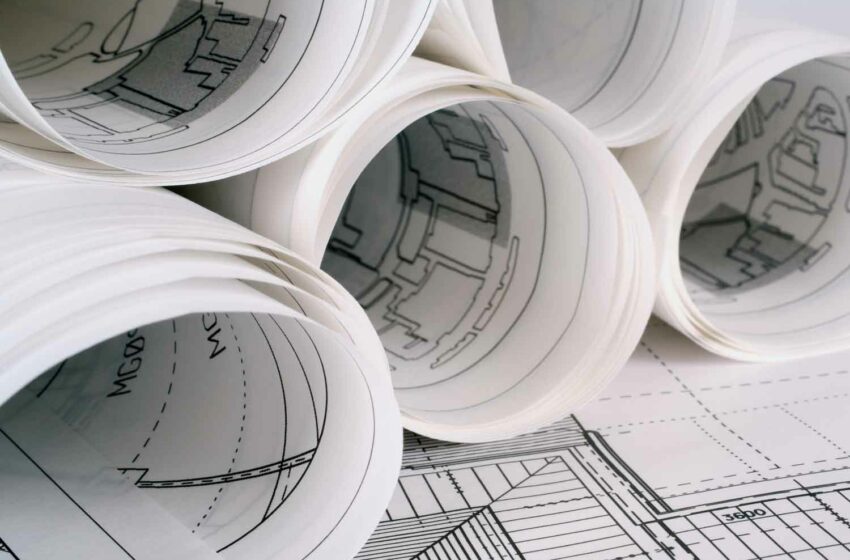KT&G Sued
- Featured Intellectual Property News This Week
- April 24, 2024
- 0
- 3 minutes read


A former KT&G Corp researcher has filed a lawsuit against his former employer claiming that he was insufficiently compensated for inventing “the world’s first e-cigarette” while working at the firm, reports the Yonhap News Agency.
Kwak Dae-geun demands KRW2.8 trillion ($2 billion), reportedly the highest amount ever claimed by an individual in a South Korean legal action
According to the suit, Kwak joined the Korea Ginseng and Tobacco Research Institute in 1991 and began developing a tobacco-heating product in 2005.
In July that year, he registered his first patent for a prototype. In December 2006, he registered another patent for an upgraded version with a controllable heater.
Subsequently, he developed a full e-cigarette set, and registered a patent for part of the device in 2007 before leaving the company in 2010 as part of corporate restructuring.
After Kwak’s departure, KT&G allegedly registered patents for some of his technologies without recognizing his contributions.
In addition to his claim about compensation, Kwak contends that a prominent rival global tobacco firm was able to commercialize its internal heating-based e-cigarette model in South Korea in 2017 due to the absence of overseas patents.
Kwak’s requested damages reflects his portion of the revenue KT&G is expected to generate through Kwak’s patented technology during the 20-year patent term, as well as what KT&G would have earned if it had registered patents overseas.
KT&G counters that it has properly rewarded Kwan in the form of offering a technology advisory deal, and that Kwak had agreed not to raise any legal issues.
The firm also said the technologies invented by Kwak are not currently used in the products it is selling.
The e-cigarettes being sold by the global firm in question, meanwhile, did not involve technologies patented by Kwak, according to KT&G, which also noted that the rival firm had already commercialized early-model heated tobacco-type products in 1998.
